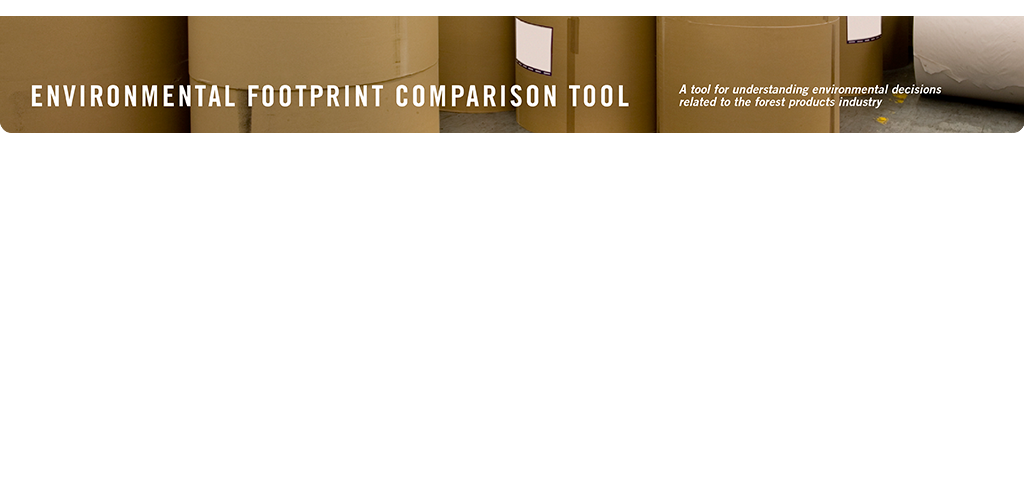
In general, mills producing recycled paperboard, containerboard, tissue, and fine paper discharge less
biochemical oxygen demand (BOD) and total suspended solids (TSS) than virgin mills making
comparable products. The differences between virgin and recycled newsprint mills, however, are not
significant.
With few exceptions, the wastewaters from mills in North America are treated before being discharged.
This diminishes differences in BOD and TSS loads between mill types. COD (chemical oxygen demand)
is less treatable than BOD and as a result, the differences between production categories tend to be
larger for COD than for BOD.
When considering these aspects in the context of comparing recycled and virgin fiber, note that trade-offs
undertaken at an individual mill site ultimately have cascading effects through the overall industry�s fiber
cycle. Given that the recycled and virgin fiber cycles are inherently interrelated [See Overview], shifts in
environmental aspects due to changes in the usage of one fiber type versus another result in shifts
elsewhere in the fiber cycle. Life cycle assessment (LCA) is a tool that can help examine these
interactions. LCA, particularly in the context of looking at the manufacturing of recycled versus virgin fiber
pulp, is discussed in NCASI Technical Bulletin No. 1003.
Follow the links to the right for more information.

More information:
Paperboard
Containerboard
Recycled Paperboard
Newsprint
Tissue Fine Paper
- WATER
- ENERGY
- GREENHOUSE GASES
- CHLORINATED COMPOUNDS
- WOOD USE
- ODOR
- EMISSIONS TO AIR
- DISCHARGE TO WATER
- SOLID WASTE
- Lowgrid10
- Lowgrid11
- Lowgrid12
- Lowgrid13
- Lowgrid15
- Lowgrid16
- Lowgrid17
- Lowgrid18
- Lowgrid19
- Lowgrid20
- Lowgrid21
- Lowgrid22
- Lowgrid24
- Lowgrid25
- Lowgrid26
- Lowgrid27
- Lowgrid28
- Lowgrid29
- Lowgrid30
- Lowgrid31
- Lowgrid32
- Lowgrid33
- Lowgrid34
- Lowgrid35
- Lowgrid36
- Lowgrid37
